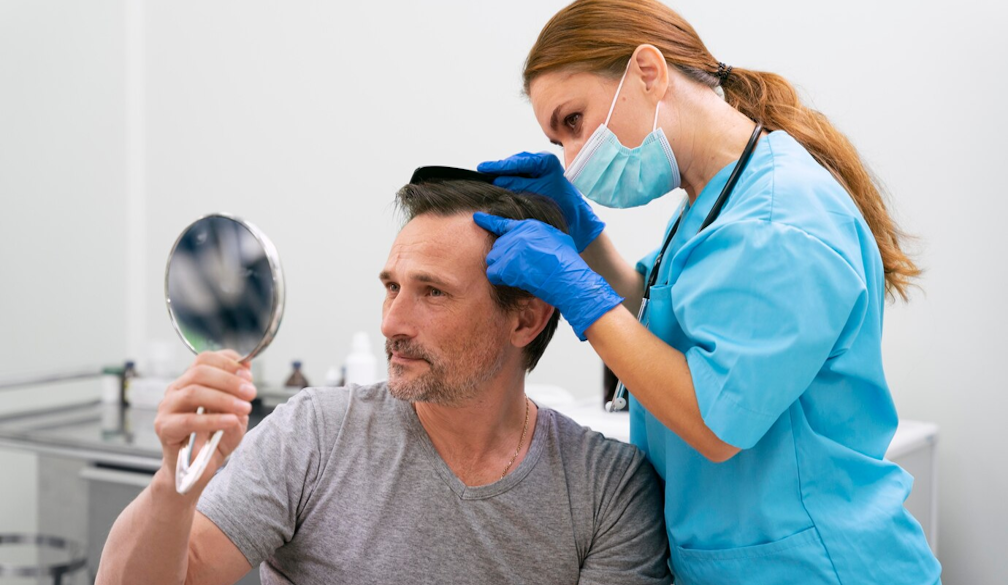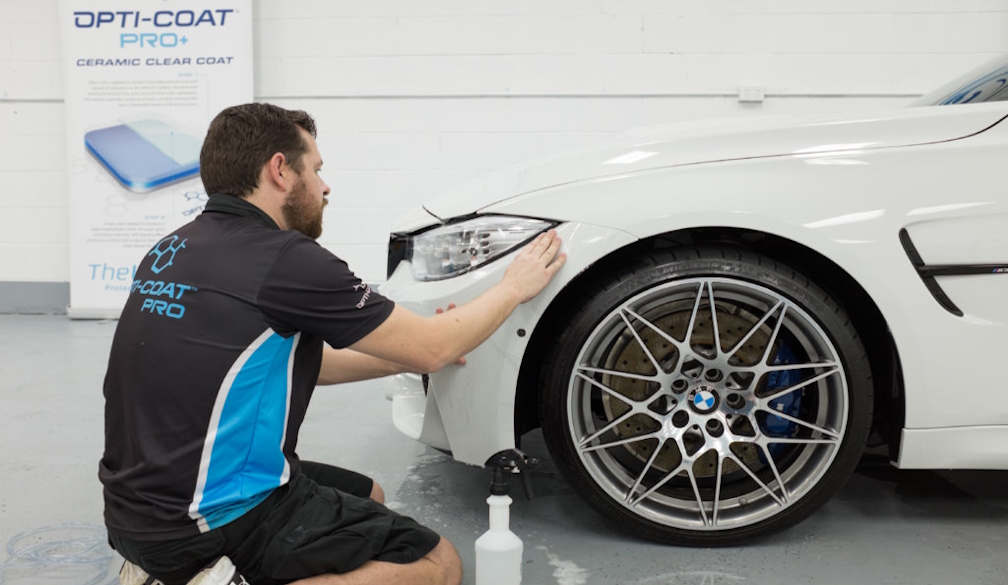Choosing the Right Hair Loss Treatment for Your Needs

Millions of people experience hair loss globally, and it can be a major cause of emotional discomfort and self-consciousness. Hair loss can affect both men and women at any stage of life, regardless of the cause—genetics, hormonal changes, aging, illnesses, or stress. Thankfully, a variety of therapeutic methods have been developed to delay, stop, or even reverse hair loss as a result of advances in modern medicine and cosmetic operations. But choosing the best course of action for your unique needs can be difficult given the wide range of treatments available, from topical drugs and remedies to surgery and holistic therapies.
Comprehending the Fundamental Reasons for Hair Loss
Identifying the cause of your hair loss is crucial before choosing a treatment. Androgenetic alopecia, sometimes referred to as male or female pattern baldness, is the most frequent cause. It is inherited and develops gradually. Additional factors could be autoimmune alopecia areata, thyroid abnormalities, nutritional inadequacies, stress-induced telogen effluvium, or adverse drug reactions. Finding out if your hair loss is temporary or permanent requires a professional diagnosis, as this will significantly affect the kind of therapies that might work for you. Speaking with a trichologist or dermatologist can help you identify any underlying problems and point you in the direction of the best course of action.
Medications and Non-Invasive Treatments
Non-invasive therapies can be a first step for many people who are seeking a conservative approach or who are suffering from early-stage hair loss. For both men and women, topical medications such as minoxidil (Rogaine) are often used and approved by the FDA. They are best suited for people with recent or mild hair loss because they extend the hair cycle's growth phase. Usually prescribed to men, oral drugs such as finasteride (Propecia) function by lowering levels of dihydrotestosterone (DHT), a hormone associated with the shrinkage of hair follicles. Despite their potential for effectiveness, these drugs frequently need to be taken consistently over an extended time and may have negative side effects.
Advanced Procedures and Surgical Options
Surgical interventions could be the next logical step when topical therapies and drugs don't work as intended. One of the best and most long-lasting ways to replace lost hair is with a hair transplant. For instance, numerous cutting-edge hair restoration clinics in Australia provide individualized treatment programs. Finding options for a versatile hair transplant in Sydney might be a great way to find state-of-the-art treatments like Follicular Unit Extraction (FUE) and Follicular Unit Transplantation (FUT). These procedures provide outcomes that look natural by moving hair follicles from dense to balding or thinning areas of the scalp. Despite their effectiveness, hair transplants are a more expensive and intrusive procedure that may necessitate recovery time and aftercare.
Lifestyle-Based and Natural Methods
Natural solutions and lifestyle modifications may provide assistance to those who are reluctant to receive medical or surgical therapy. Foods high in vitamins A, C, D, E, zinc, and iron can fortify hair and promote growth, making diet a key factor in hair health maintenance. Omega-3 fatty acids and biotin supplements are also frequently advised. Additionally, stress-reduction methods like yoga or meditation, essential oils like peppermint or rosemary, and scalp massage help increase circulation and lessen hair loss. These techniques support the general health of the hair and scalp, even though they usually yield minor improvements and are most effective when combined with other treatments.
Customizing Your Therapy Program
The ideal hair loss therapy fits your budget, lifestyle, and specific needs. Your degree of hair loss, the possibility of adverse effects, your readiness to commit to long-term care, and your general health should all be taken into account. A single strategy could work for some people, but combining multiple treatments can help others achieve better outcomes. Monitoring progress and making required adjustments can be facilitated by routine follow-ups with medical specialists. Furthermore, it's critical to control expectations because, although many treatments can greatly enhance look and self-esteem, they might not be able to fully restore a full head of hair.
Scientific and technological developments keep improving the effectiveness and accessibility of hair restoration, giving people who are experiencing hair loss hope. You may take significant action to regain your hair and your confidence with the right information, expert advice, and a customized strategy.





